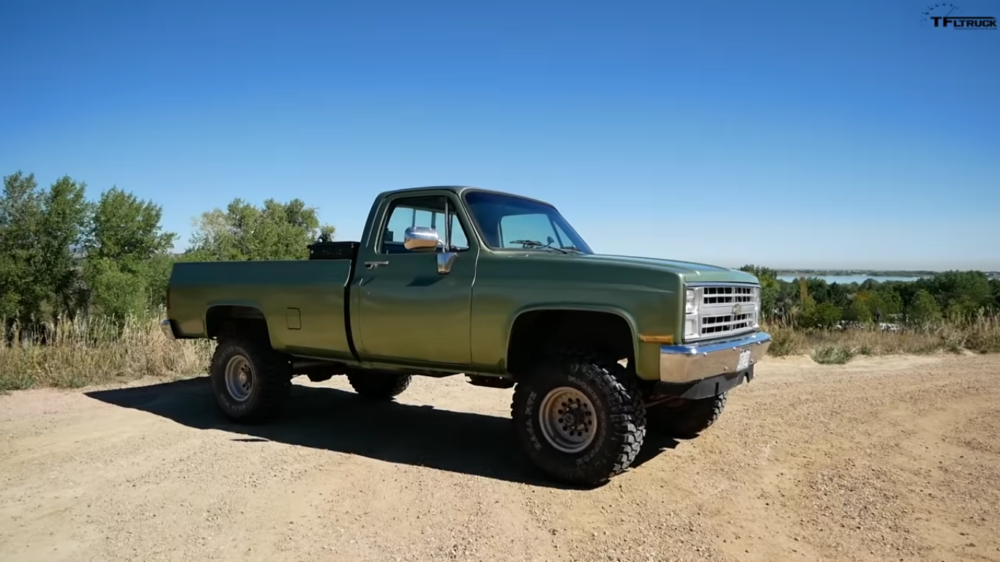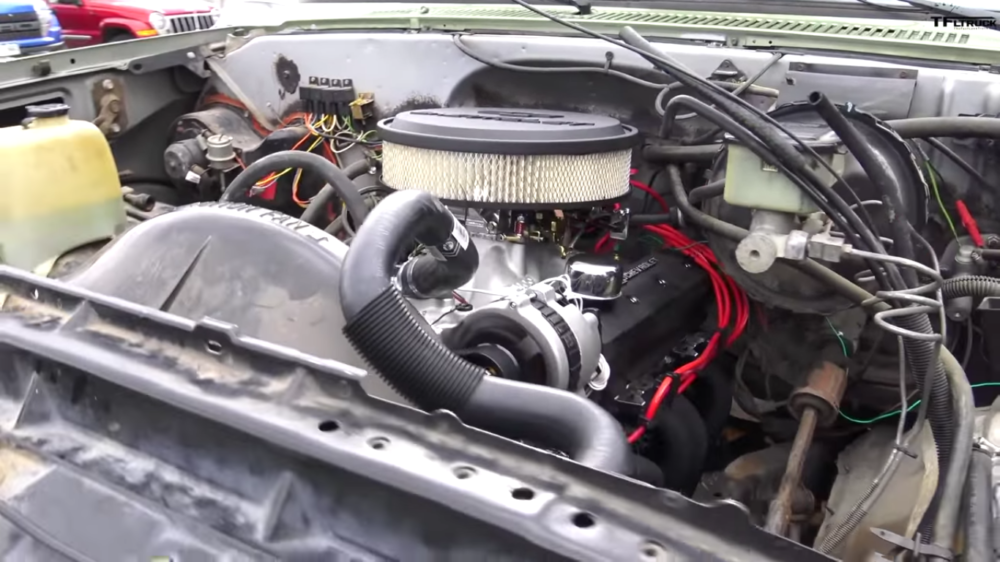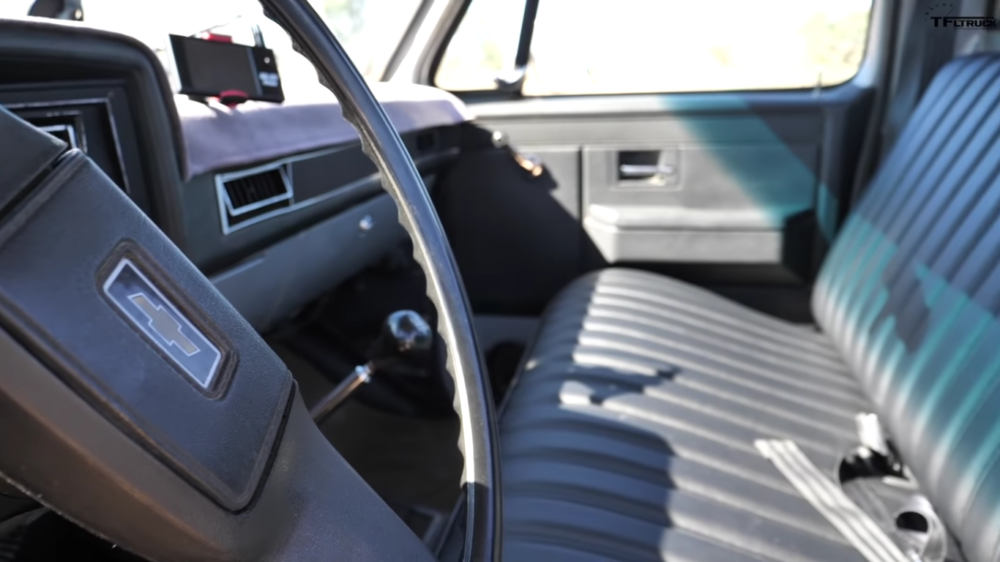‘Square Body’ K10 Remains Unquestionably Cool Today
Fast Lane Truck looks back on one of Chevy’s greatest hits, the K10.
Long before Bob Seger sang of its strength, way before John Mellencamp praised its American spirit, the Chevrolet C/K series displayed both virtues through hard work on the job site, and playing hard off the clock. As the slogan once proclaimed, “nothing works like a Chevy truck,” and the C/K series worked.
But was it really as good as the slogan suggested? Michael Curtis of The Fast Lane Truck ponders whether the third-gen “square body” C/K, like TFLTruck‘s 1985 K10 “Big Green,” is either “cool or crap.”

“The third generation Chevy K10 pickup was produced from 1973 all the way up until 1987,” Curtis says. “And in that time, GM managed to sell millions of these pickup trucks, making it actually one of the most popular trucks ever sold.” He goes on to mention that while there are plenty of cool things about the square body K10, “there’s also some things that kinda make it a bit crap.”

One of those things happens to be among the engine options available throughout the life of the third-gen C/K, the 305 V8 with either two- or four-barrel carb (depending on the year). Of course, that issue is handily solved by repurposing the 305 as a boat anchor, then dropping in a 5.7-liter ZZ6 V8 crate block like TFLTruck has. Other issues under the hood could catch an owner off-guard, though.
“The main issue with the steering box is that it’s quite prone to cracking at the mounts, and then actually falling off, which is really catastrophic for your steering system,” said Curtis. The hood hinges are also an issue on this generation of the C/K, needing as much lubricant as the engine lest they freeze up. Should they do so, though, “you can bend the hood when you try and close it because [the hinges] will just lock in place.”

“Unfortunately, at this point in the Eighties, Chevy still had not quite figured out how to protect from corrosion,” Curtis goes on, “and these K10s have a real tendency to rust, especially in the fenders.” The backside of the K10 also has issues, from cracked frames and rotting wood beds, to side-saddle gas tanks exploding in a ball of flame from side impacts.

Despite the drawbacks, the third-gen C/K has quite a few pluses. “The K10 was one of the first pickups to be developed in a wind tunnel,” Curtis explains, “which is why it has this really raked windshield, these cool shoulder lines that run down the side of the vehicle. For its time, it was actually really a revolutionary design.” “Big Green” also has an eight-foot Fleetside bed capable of holding nearly anything, its interior has a magnificent bench seat and A/C that still blows cold to this day, and the space behind the bench perfect for holding jumper cables “or maybe a shotgun or a rifle or something like that.”

What pushes the third-gen C/K into the cool side of things is the strength of the aftermarket, due to how long the truck was on the market, and how many were sold during that time. Of course, there is one more factor involved in the coolness of the C/K, according to Curtis.
“What is kind of special about ‘Big Green,’ or actually what’s kinda cool about ‘Big Green,’ is that it just makes you feel like a badass.” As the song says, “Nothing works like a Chevy truck!”
